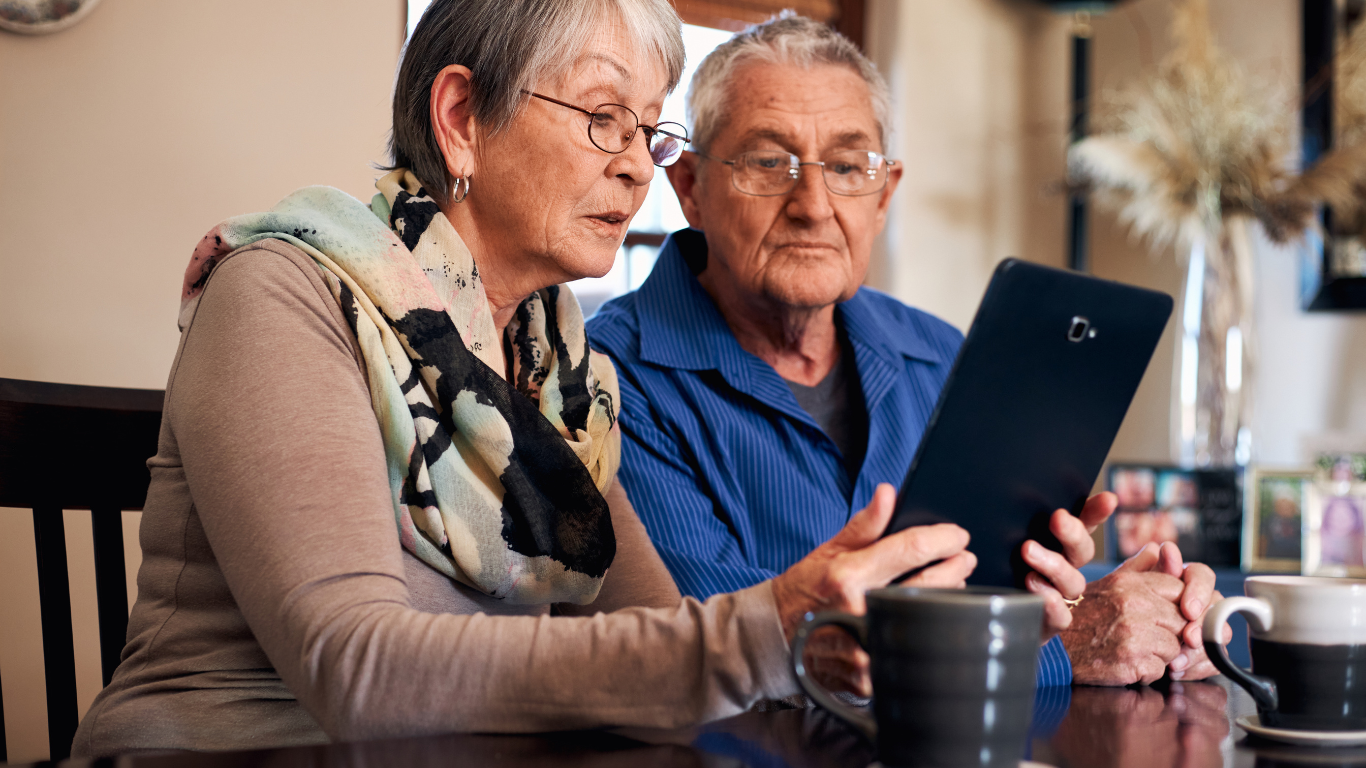How Professional Network Cabling Improves Communication in UK Care Homes
In the ever-evolving world of care homes, communication has taken centre stage. Since the COVID-19 pandemic, there’s been a shift in how we connect, monitor, and care for the elderly. From telehealth consultations to video calls with loved ones to improved security and patient monitoring, reliable communication is no longer a luxury but a necessity. And behind the scenes, quality network cabling and infrastructure plays a leading role in making it all happen.

Enhancing Communication and Resident Care
Did you know that many care homes across the UK are embracing internet-based technology to enhance resident care? Since the COVID-19 pandemic, there has been a noticeable shift towards digital and IP based solutions like telehealth, enhanced security and access control and remote monitoring.
According to several industry reports, a growing number of care homes have invested in improving their communication and security infrastructure, recognising the need for fast, reliable connectivity to support everything from video calls with family members to seamless medical consultations. That’s a massive jump, and it’s not just about watching Netflix (though that certainly keeps the spirits up!).
Faster, Smarter Communication:
When you think of care homes, you might picture cosy lounges and cups of tea, but today’s care homes are also tech-savvy environments. Reliable data cabling ensures that staff can communicate seamlessly, whether it’s between rooms, with external medical teams, or recording documentation about residents’ medical conditions. When it comes to video calls with family or healthcare professionals, solid data cabling ensures communication is crystal clear, making sure every message gets through when it’s needed most.
VoIP for the Win:
VoIP (Voice over Internet Protocol) phone systems are the unsung heroes here, allowing for efficient, cost-effective phone calls. But here’s the catch—without strong data cabling, VoIP is about as useful as a phone with no signal. In a care home, where every second counts, a robust cabling system ensures these calls go off without a hitch.
Benefits of Structured Cabling Systems
The backbone of any well-oiled care home communication system is structured cabling. Think of it like a neat, organised wardrobe. You know where everything is, and it all just works better that way.
Less Time Fixing, More Time Caring:
One of the major advantages of structured cabling is that it reduces maintenance time. No more tangled messes or hunting down faulty cables! With everything neatly in place, if there’s ever an issue, it can be sorted quickly, meaning less downtime for crucial systems.
Support for Essential Tech:
From security cameras to remote patient monitoring systems, structured cabling ensures everything works smoothly. This is especially important when it comes to monitoring residents’ health remotely, allowing staff to keep a watchful eye on well-being without being intrusive. And let’s not forget the entertainment side—because keeping spirits high is just as crucial as keeping an eye on vitals. Data cabling supports internet-based entertainment, so residents can not only video call family members but also enjoy their favourite shows and even take part in online activities.

6 Things You Need to Know About Data Cabling in Care Homes
- Choose the Right Cable Category
When upgrading a care home’s communication system, it’s important to pick the right category of cabling. Category 6 (Cat6) or Category 6a (Cat6a) cables are the industry standard for care homes. They support high-speed internet and ensure that bandwidth-heavy activities like telehealth and video calls can be performed without interruption. - Wireless and Wired Integration
Although wireless networks are common, they still depend on reliable data cabling. Structured cabling supports Wi-Fi routers and access points, ensuring consistent coverage throughout the care home. This is particularly important for mobile staff who need uninterrupted access to data and communication systems. - Power over Ethernet (PoE) Technology
Power over Ethernet (PoE) is a game-changer for care homes. It allows both power and data to be delivered over the same cable, reducing the need for additional electrical installations. This is especially useful for powering IP cameras, VoIP phones, and wireless access points—all critical in maintaining a safe and connected care environment. - Compliance with Healthcare Standards
Care homes must meet specific healthcare regulations, including those related to infection control and safety. Ensure that the cabling system complies with Health Technical Memoranda (HTM) guidelines. This includes considerations for cable management, which allows for easy cleaning and maintenance without compromising care operations. - Redundancy is Key
To avoid downtime during network failures, care homes should have redundant cabling paths in place. This means installing backup routes for critical communication systems, ensuring continuous connectivity for staff, residents, and emergency services. Redundancy is essential for maintaining safety and care standards.

Conclusion: Keeping Care Homes Connected
In today’s fast-paced world, staying connected is more important than ever, and care homes are no exception. Upgrading to a solid data cabling system isn’t just about keeping the Wi-Fi strong (though who doesn’t love fast internet?). It’s about ensuring that care homes can offer the highest standards of communication and care for their residents, keeping both safety and smiles front and centre.
With all the benefits that come with a well-structured cabling system, isn’t it time for every care home to plug into the future?



Leave a Reply
Want to join the discussion?Feel free to contribute!